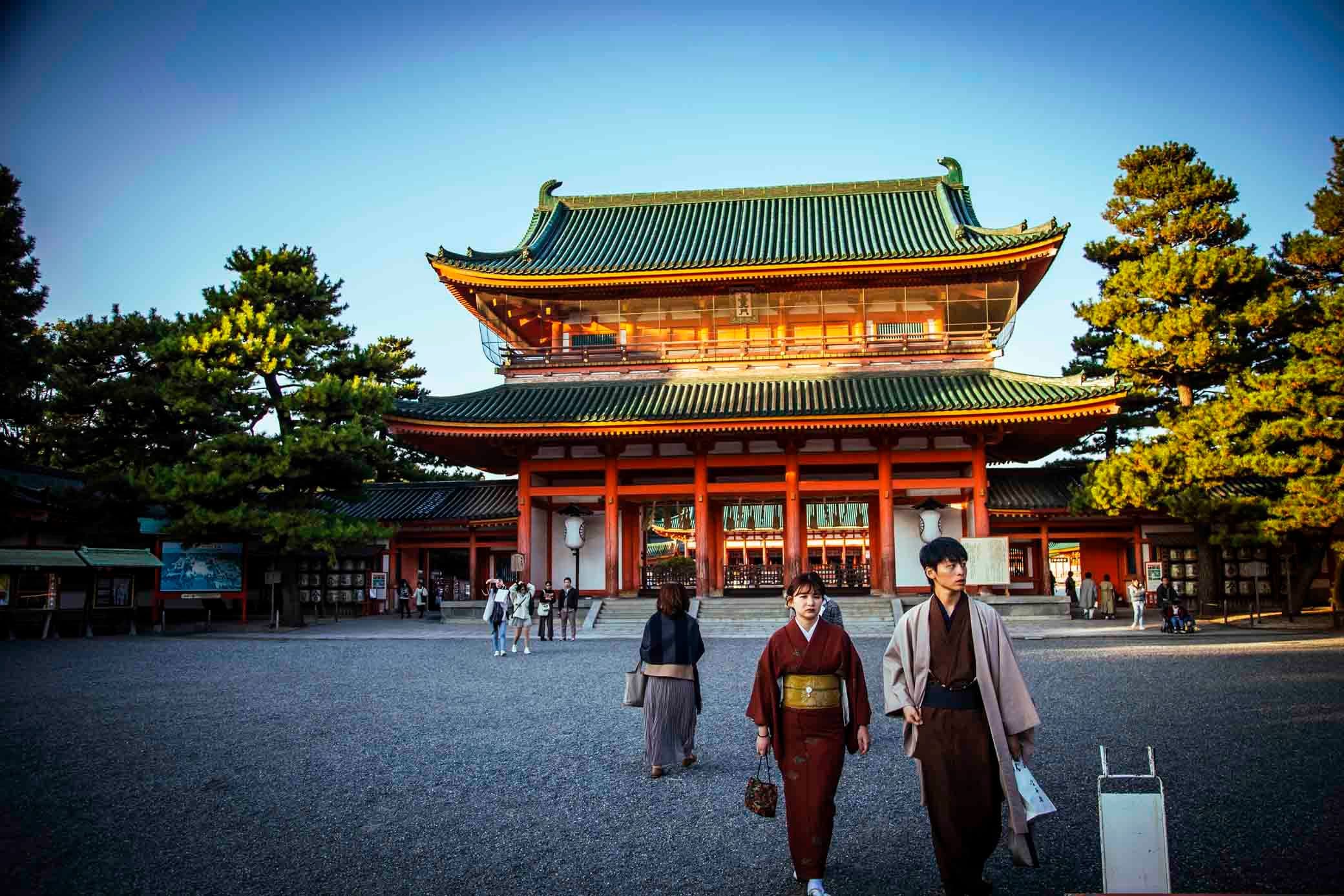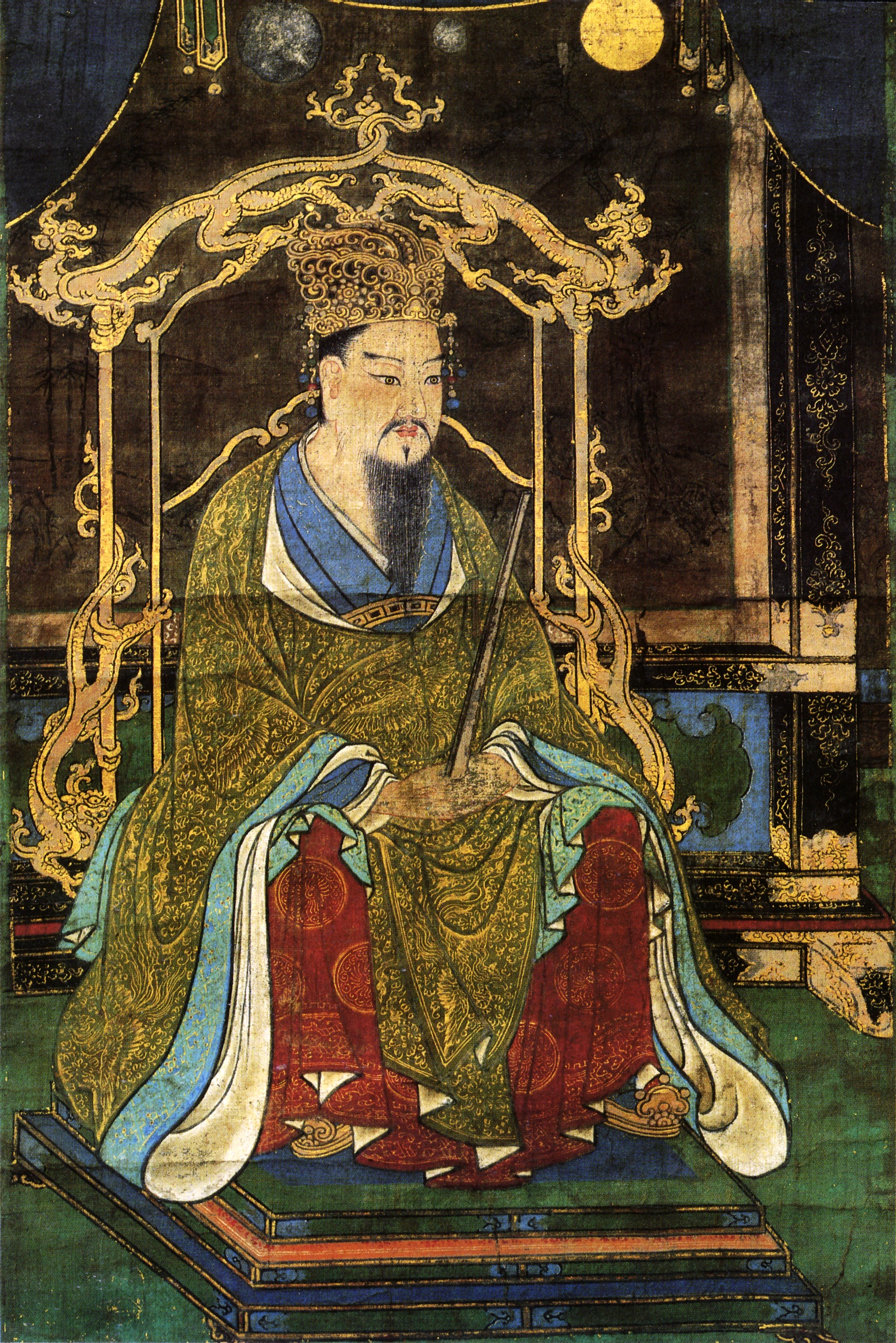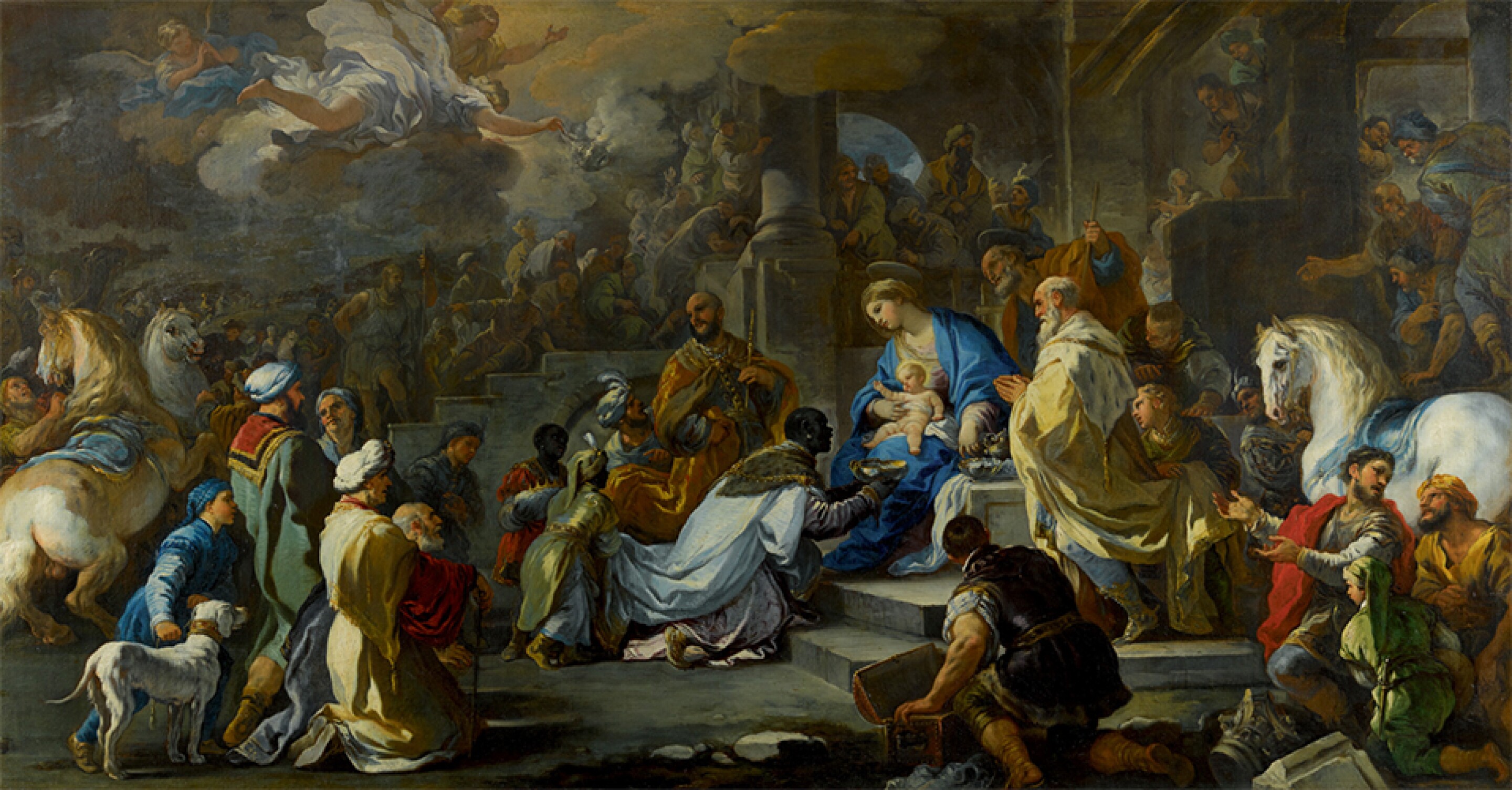The Heian Period: It was more than thousand years ago and still considered as a Japan's Golden Age Of Art And Literature. What made the Heian period so special?
Editor's Notes: "The Heian Period: Japan's Golden Age Of Art And Literature" have published today date". With its booming economy, stable government, and flourishing culture, the Heian period (794-1185) was a time of great innovation and creativity in Japan. During this period, Japan produced some of its most famous works of art and literature, including The Tale of Genji by Murasaki Shikibu and The Pillow Book by Sei Shōnagon.
To help you understand more about The Heian Period: Japan's Golden Age Of Art And Literature, we have done some analysis, digging information, research, and put together this guide to help you make the right decision.
Key differences or Key takeaways
FAQ
The Heian period, a golden age in The Heian Period: Japan's Golden Age Of Art And Literature that lasted from the 8th to the 12th centuries, witnessed remarkable achievements in art and literature. Here are some frequently asked questions about this significant period:
Question 1: When exactly did the Heian period begin and end?
The Heian period commenced in 794 AD and concluded in 1185 AD.
Question 2: What factors contributed to the flourishing of art and literature during the Heian period?
The Heian court's patronage of arts and culture played a major role, along with a sophisticated aristocratic society that valued aesthetic pursuits.
Question 3: What are some of the iconic literary works produced during the Heian period?
The Tale of Genji by Murasaki Shikibu and The Pillow Book by Sei Shonagon are renowned masterpieces of Heian literature.
Question 4: How did the Heian period influence subsequent Japanese artistic traditions?
The aesthetics and techniques developed during the Heian period had a profound impact on later Japanese art forms, including painting, ceramics, and calligraphy.
Question 5: What were some of the key characteristics of Heian art?
Heian art is distinguished by its elegance, refinement, and attention to detail, often portraying idyllic scenes and courtly life.
Question 6:
How did the Heian period contribute to the development of Japanese literature?
During the Heian period, Japanese literature flourished with the emergence of new genres, such as the monogatari, and the rise of female writers like Murasaki Shikibu.
Conclusion:
Through its remarkable achievements in art and literature, the Heian period left an enduring legacy on Japanese culture. By fostering artistic excellence and providing a nurturing environment for literary pursuits, the Heian period set the stage for Japan's continued contributions to world art and literature

Heian-Jingu Shrine: A Glimpse into Japan's Golden Age - Source www.romancing-japan.com
Tips
Japan's Heian Period (794-1185 CE) was a resplendent era known for its flourishing arts, literature, and cultural advancements. Delving into this golden age offers profound insights and inspiration.
Tip 1: Embark on a literary journey with "The Tale of Genji," a masterpiece written by Murasaki Shikibu. This epic novel portrays the intricate world of the Heian court, its romantic entanglements, and the evolving nature of human emotions.
Tip 2: Appreciate the unparalleled beauty of Heian calligraphy. The intricate strokes and flowing brushwork of masters like Ono no Michikaze and Fujiwara no Yukinari evoke a sense of elegance and dynamism.
Tip 3: Find solace in the serene gardens designed during the Heian Period. Stroll through the carefully manicured landscapes of Kyoto's Shugakuin Imperial Villa and Ninna-ji Temple, where nature's beauty harmonizes with architectural brilliance.
Tip 4: Admire the architectural wonders of the Heian Period, exemplified by the Phoenix Hall at Byodo-in Temple in Uji. Intricate details, vibrant colors, and a balance between form and function characterize these structures.
Tip 5: Immerse in the exquisite fashion of the Heian era. Layers of flowing robes, adorned with delicate patterns and vibrant colors, showcased the sophistication and artistic sensibility of the period.
Exploring the cultural treasures of Japan's Heian Period invites you to experience a profound and awe-inspiring journey through one of history's most radiant epochs.
The Heian Period: Japan's Golden Age Of Art And Literature
The Heian period, spanning from the 8th to the 12th centuries, marks a pivotal era in Japanese history, renowned as the "Golden Age" for its profound impact on the nation's artistic and literary landscape. This period witnessed an unprecedented flourishing of creativity, leaving lasting contributions that continue to shape Japanese culture to this day. To delve into the essence of this era, let us explore some of its key aspects.
- Aristocratic Patronage: The Heian court fostered a refined and sophisticated culture, with the aristocracy acting as generous patrons of the arts.
- Buddhist Influences: Buddhism permeated Japanese society, influencing art, literature, and everyday life, giving rise to masterpieces like the Byodo-in Temple.
- Emergence of Kana: The development of the kana writing system revolutionized Japanese literature, allowing for the expression of emotions and personal experiences by a wider audience.
- Masterpieces of Literature: The Heian period produced literary masterpieces such as The Tale of Genji by Murasaki Shikibu, renowned for its intricate storytelling and psychological depth.
- Splendor of Architecture: Architectural marvels like the Phoenix Hall and Horyu-ji Temple showcase the exceptional craftsmanship and aesthetic sensibilities of the Heian era.
- Zenith of Traditional Arts: Traditional arts such as calligraphy, flower arrangement (ikebana), and tea ceremony flourished, becoming integral to Japanese cultural identity.
These key aspects intertwined to create a vibrant and multifaceted cultural tapestry during the Heian period. The aristocratic patronage fueled innovation and refinement, while Buddhist influences enriched the artistic and spiritual dimensions of society. The advent of kana empowered writers to express their innermost thoughts and emotions, giving birth to literary masterpieces that transcended time. The period's architectural and artistic achievements continue to inspire awe, showcasing the unparalleled creativity and technical prowess of Heian artisans. Moreover, traditional arts flourished, becoming integral not just to the elite but to the Japanese way of life as a whole. The Heian period stands as a shining testament to the enduring power of art and literature to uplift, inspire, and shape a nation's cultural heritage.

Heian Period Models - Source ar.inspiredpencil.com

the Heian period of Japan by Hirotoshi Shiozaki on 500px | Heian period - Source www.pinterest.com
The Heian Period: Japan's Golden Age Of Art And Literature
During the Heian period (794-1185), Japan experienced an unprecedented flourishing of art and literature, known as its "Golden Age." This period was characterized by a unique combination of factors that fostered creativity and innovation.

Magnificent Spanish Golden Age Paintings from Auckland Castle | Selling - Source www.sothebys.com
One of the most important factors was the emergence of a sophisticated court culture. The Heian court was a center of refinement and elegance, where courtiers and nobles spent their time in pursuits such as poetry, music, and painting. This courtly culture provided a fertile ground for the development of new and innovative forms of art and literature. For example, the Heian period saw the development of the kana syllabary, which allowed for the writing of Japanese in a more accessible form. This, in turn, led to the emergence of a new genre of literature, the monogatari, or tale, which was written in kana and told the stories of the lives of court ladies.
Another important factor that contributed to the Golden Age of art and literature was the influence of Buddhism. Buddhism was introduced to Japan in the 6th century, and by the Heian period, it had become a major force in Japanese culture. Buddhist teachings emphasized the importance of beauty and impermanence, which had a profound influence on Japanese art and literature. For instance, the Heian period saw the development of a new style of Buddhist sculpture, known as the "Amida Buddha" style, which depicted the Buddha in a serene and compassionate manner, often with his eyes half-closed as if in meditation.
The Heian period was a time of great creativity and innovation in art and literature. The combination of a sophisticated court culture, the influence of Buddhism, and the development of new technologies such as the kana syllabary created a fertile ground for the development of new and innovative forms of expression.
| Art and Literature Forms | Key Features | Examples |
|---|---|---|
| Kana syllabary | Allowed for the writing of Japanese in a more accessible form. | The Tale of Genji, The Pillow Book |
| Monogatari | A new genre of literature, written in kana, that told the stories of the lives of court ladies. | The Tale of Genji, The Pillow Book |
| Amida Buddha style | A new style of Buddhist sculpture, which depicted the Buddha in a serene and compassionate manner, often with his eyes half-closed as if in meditation. | The Amida Buddha statue at the Byodoin Temple |
Conclusion
The Heian period was a time of great creativity and innovation in art and literature. The combination of a sophisticated court culture, the influence of Buddhism, and the development of new technologies such as the kana syllabary created a fertile ground for the development of new and innovative forms of expression.
The Heian period's legacy is still felt today. The art and literature of this period continue to inspire and influence artists and writers around the world.